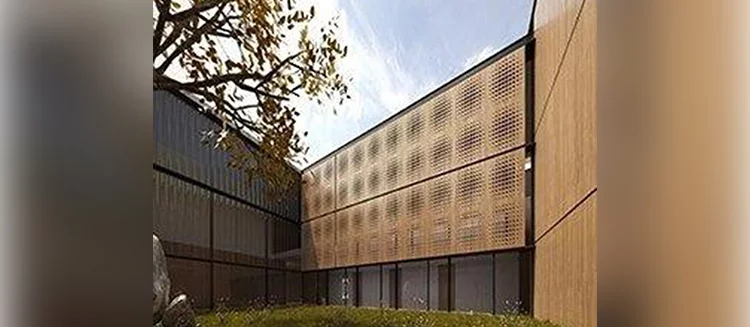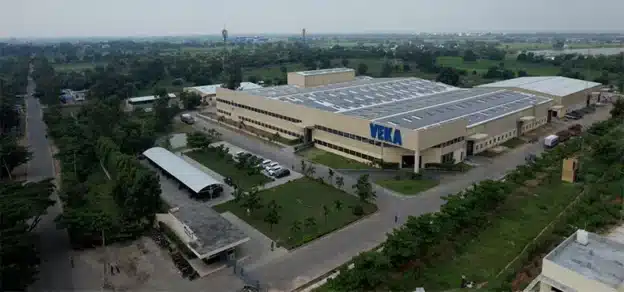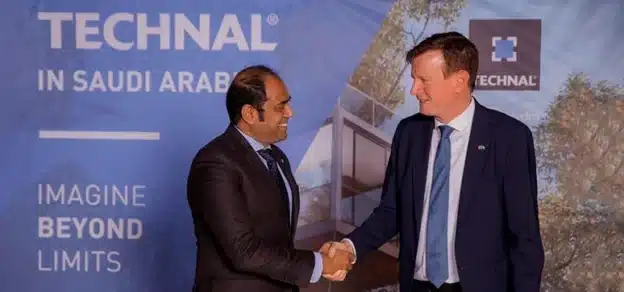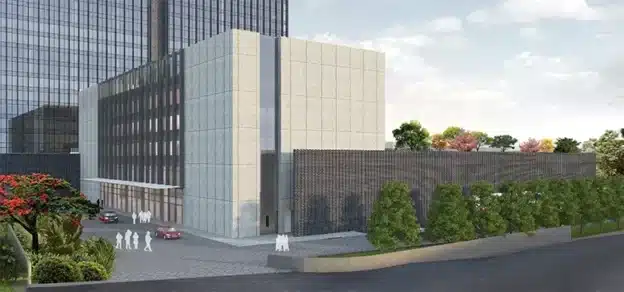Innowood Australia Pty Ltd
Ventilated Facade systems also known as double-skin façades or rain-screens, can also assist in protecting buildings against the combined action of wind and rain by counterbalancing the effects of water beating on walls and keeping the building dry.
At its most basic, a ventilated façade system consists of two layers of different facades which are separated by an air cavity. This cavity prevents rainwater from penetrating and diffuses water vapour from the inside to the outside. While the external cladding serves to provide the majority of rain and wind protection, the air corridor between the support structure and the external cladding plays a major role in the ventilated façade system. A naturally ventilated façade results in a temperature difference between the face of the cladding panel and the air cavity behind it. This in turn creates a variation in air density and causes air to flow upwards within the cavity according to the stack effect. The airflow transports heat from the cavity out through high-level exhausts, aiding convection drying of any residual amounts of moisture that have accumulated within the air cavity.
Benefits of ventilated façade systems
The system provides three main benefits for buildings:
THERMAL
Significant reductions in HVAC reliance through:
- A reduction in the amount of heat that buildings absorb in hot weather conditions from the partial reflection of solar radiation by the outside façade, and the naturally ventilated air cavity.
- In cold weather conditions ventilated walls retain heat, resulting in a lower reliance on heating. HVAC electricity consumption typically accounts for around 40% of total building consumption. Research has shown that ventilated facade systems can easily achieve savings of about 30% on energy consumption.
ACOUSTIC
Ventilated façade systems provide an increase in the reflection of external noise, with a recent Australian project realising an average reduction of up to 8dB. With the primary external noise sources affecting buildings being road traffic noise, a reduction of this level can greatly improve occupant comfort.
STRUCTURAL
In addition, a secondary façade provides protection against wind and rain. The natural bottom-to-top airflow through the cavity assists in eliminating moisture accumulation on the facades, preventing mould and water ingress, helping to prolong the structural integrity and ultimately the lifespan of a building
VENTILATED FAÇADE SOLUTIONS FROM INNOWOOD
INNOWOOD Australia in partnership with recognised market leaders in the international façade industry Allface Smart Fixing Systems provide complete ventilated façade solutions to the Australian market.
With the fixing system and cladding type making up the two most important elements in an effective ventilated façade solution, the benefits of having two of the world’s leading companies in their respective fields coming together offers an unprecedented level of expertise and insight into ventilated façade systems for Australian conditions.
INNOWOOD’s innovative industry-leading composite timber cladding in conjunction with Allface Smart Fixing Systems provides the complete ventilated façade solution.
INNOWOOD offers support on projects from design to completion including load calculations, product design and drawings and on-site project management for fully customised solutions.














